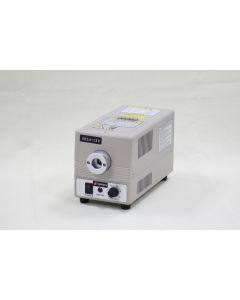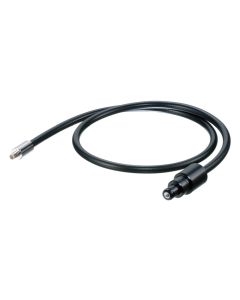Search results for: 'support tutorial light sources laser safety guide'
-
 Laser Safety Windows for Laser Diode (600nm - 850nm)
Laser Safety Windows for Laser Diode (600nm - 850nm)Starting at €116.60
-
 Laser Safety Windows for SHG Nd:YAG (480nm - 540nm)
Laser Safety Windows for SHG Nd:YAG (480nm - 540nm)Starting at €116.60














